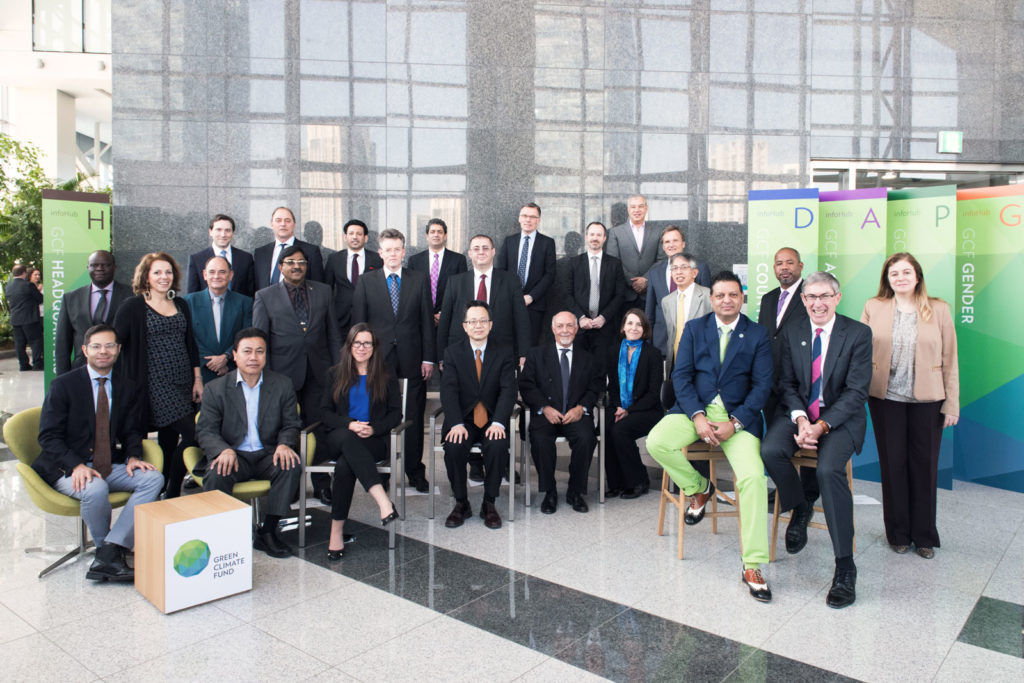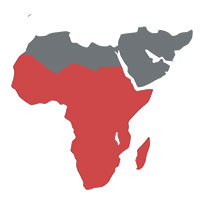The Green Climate Fund Demystified
Su-Kim M | November 14, 2016.
The first day of COP22 in Marrakech indicated that climate finance was firmly on the conference agenda, with both the COP21 president Ségolène Royal and COP22 president Salaheddine Mezouar stressing the importance of climate finance for the world to meet its mitigation and adaptation goals. On Friday November 11, the Green Climate Fund (GCF), one of the two main approved institutions providing funds to countries for climate change mitigation and adaptation purposes under the UNFCCC, held a public event providing insights about the institution’s activities, covering the organisational history and successes since the rapid expansion of the fund’s role in global climate action through the Paris Agreement.
The GCF was established in Copenhagen in 2009, and began allocating funds to approved projects aimed at tackling climate change all over the world. To date, the GCF has provided US$1.2 billion of dollars worth of assistance to 37 countries, through its work with national and global partners. At COP21 in Paris, $10.2 billion was pledged to the GCF by developed countries as part of the wider $100 billion global goal for climate finance. But as Zaheer Fakir, co-chair of the GCF, claimed:
“It’s not just about dishing money out—what the GCF is doing is giving people hope, opportunity, freedom, inspiration and transformation.”
Focused on providing financial assistance and support to developing countries, the GCF aims for a balance between mitigation and adaptation projects. The fund also has its own gender action plan to ensure that approved entities have gender policies in place. It includes both public and private sources of funding to maximise the amount of resources available to participating countries.
Embracing private sources of funding, both direct and leveraged, allows the GCF to expand their pool of finance, but has not excluded the institution from being criticised for their choice of partner. As assistance from the GCF can come in the form of grants, loans and equity, the inclusion of multilateral groups into the GCF may create the opportunity for these institutions to extend their lending practices to less developing countries in the disguised form of climate finance. The fund also claims its existing pool of funds within the organisation can be used to leverage private investments at a ratio of 1 to 15, however this leverage ratio has been criticised by some as being too high and based on unrealistic assumptions.
The GCF also faces capacity concerns, as the drastic increase in contributions brought on by the Paris Agreement has required a rapid build up of organisational capacity to cope with the increase in funds under management.
The board has set itself a spending goal of $2.5 billion in 2016, a more than 14 fold increase from the $168 million spent in 2015.

The ambitious spending target has some observers concerned that the fund could favour large international projects over smaller national projects in order to ensure that the spending target is met. This could exclude worthy but less noticeable projects. Jiwoo Choi, head of fund’s private sector facility, sought to allay those fears, emphasising that “all the GCF proposals come from countries priorities and countries needs—there is country ownership as the core of operations.”
Despite its early growth issues, the fund seems confident that it can continue providing financial assistance to developing countries for climate change mitigation and adaptation activities. Javier Manzanares, the fund’s executive secretary ad interim, said: “Looking ahead, we still see many challenges, but we are confident of our steady progress”.
Jonas Bruun, a PhD candidate from the University of Manchester researching the fund and civil society, echoed this sentiment. “The Green Climate Fund has a number of new and interesting features such as direct access, gender mainstreaming and the mandate to attract investment through a private sector facility,” said Bruun.
“It is still early days, but if these features are implemented successfully it could be a game-changer in the fight against climate change.”













comment